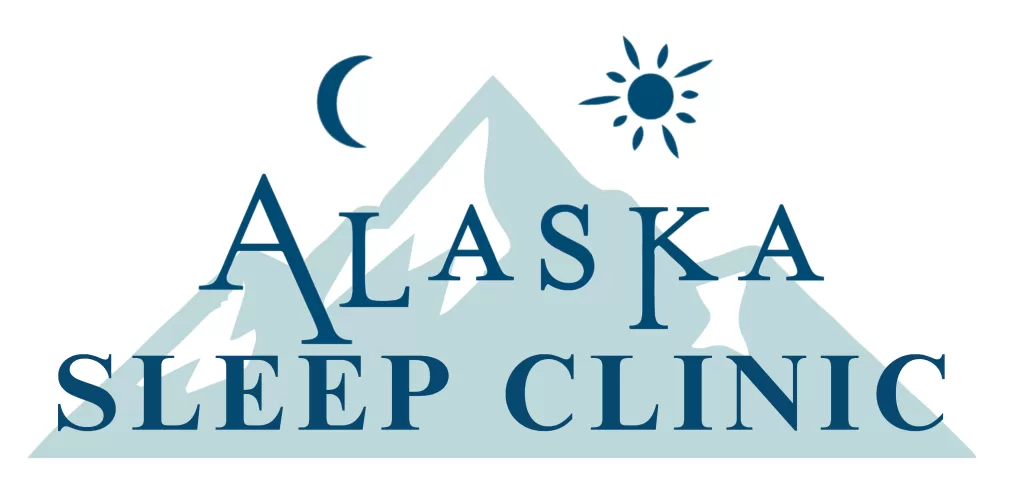
As December marks National Drunk and Drugged Driving Prevention Month, it’s important to bring awareness to all the factors that can impair a driver’s ability to stay safe behind the wheel. While many discussions focus on alcohol and drug use, sleep is often overlooked as a crucial factor in preventing accidents.
Drowsy driving is a major contributor to road incidents, and prioritizing sleep can help prevent the negative effects of fatigue which can be just as dangerous as driving under the influence.
Today we will review how sleep plays a vital role in safe driving and the ways we can combat the dangers of drowsy driving.
The Link Between Sleep Deprivation and Impaired Driving
Research shows that drowsy driving is alarmingly common. The National Highway Traffic Safety Administration (NHTSA) reports that each year, drowsy driving leads to thousands of accidents, injuries, and deaths.
In fact, driving after being awake for 18 hours or more has been shown to impair a person’s ability to a degree similar to having a blood alcohol concentration (BAC) of 0.05%, and after 24 hours without sleep, it can be as bad as having a BAC of 0.10%. This means that sleep-deprived drivers may suffer from slower reaction times, poor decision-making, and impaired motor coordination, all of which increase the likelihood of an accident.
For those who might underestimate the importance of sleep, consider this: even brief moments of “microsleep”—unconscious moments that last just a few seconds—can have devastating consequences. On a highway, a vehicle traveling at 60 miles per hour covers the length of a football field in under five seconds. If you experience microsleep during that time, you’ve essentially driven the length of the field with your eyes closed. That’s why it’s essential to view sleep as a critical aspect of road safety.
The Role of Sleep in Preventing Fatigue and Boosting Awareness
When we sleep, our bodies and minds go through important restorative processes that help us stay alert and sharp. Sleep helps consolidate memory, restore cognitive function, and regulate emotional responses. Without adequate sleep, our brains struggle to maintain focus and attention, leading to lapses in judgment that are particularly dangerous while driving.
The Sleep Foundation recommends that adults get between 7-9 hours of sleep per night for optimal cognitive function. Skimping on sleep, especially over consecutive days, leads to a sleep deficit, which magnifies the risk of experiencing fatigue. Drivers who don’t get enough sleep might find it difficult to concentrate on the road, miss traffic signals, and have delayed responses to sudden hazards.
To prevent drowsy driving, it’s important to plan for sufficient sleep, especially before long trips. If you feel drowsy while driving, the best course of action is to pull over in a safe location and rest. Power naps of 15-30 minutes can significantly restore alertness. Additionally, the Centers for Disease Control and Prevention (CDC) recommends avoiding driving during peak sleepiness periods, typically between midnight and 6 a.m., when your body’s circadian rhythms make you more prone to fatigue.
Sleep Disorders: A Hidden Danger on the Road
Another important aspect of sleep’s role in driving safety is the impact of sleep disorders. Many people suffer from conditions such as sleep apnea, insomnia, or restless legs syndrome, which can impair their ability to get restful sleep. Sleep apnea, in particular, has been linked to an increased risk of motor vehicle crashes. According to the American Academy of Sleep Medicine, untreated sleep apnea can cause people to wake up hundreds of times a night, preventing them from achieving the deep stages of sleep that are necessary for cognitive functioning.
For those with sleep disorders, proper diagnosis and treatment are crucial for maintaining safety behind the wheel. Individuals with symptoms such as loud snoring, frequent awakenings, or excessive daytime sleepiness should seek evaluation from a healthcare provider to determine if they have a sleep disorder that requires treatment.
In some cases, treatment may involve lifestyle changes, medical interventions, or the use of a continuous positive airway pressure (CPAP) machine, which can drastically improve the quality of sleep and, by extension, driving safety.
As we observe National Drunk and Drugged Driving Prevention Month this December, let’s remember that sleep plays a vital role in preventing accidents and staying safe on the road. Prioritizing adequate rest, being mindful of signs of fatigue, and addressing any sleep disorders are crucial steps in reducing the risk of drowsy driving.
By making sleep a priority, we can protect ourselves and others, ensuring that our time on the road is as safe as possible. For more information on preventing drowsy driving and improving sleep habits, check out these resources from the CDC and the National Sleep Foundation.
Connect with the Alaska Sleep Clinic to get on the right track with quality sleep.












